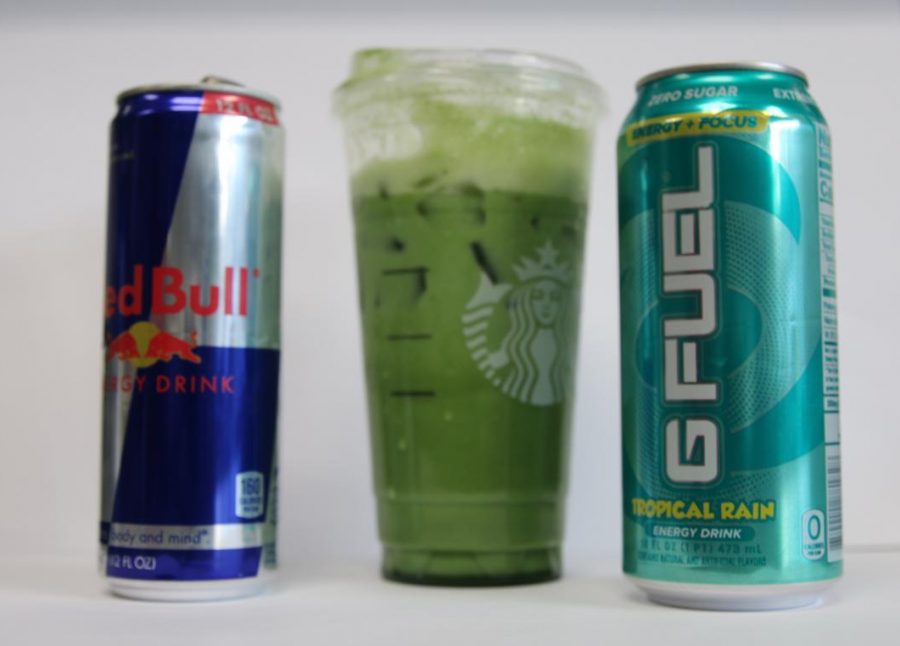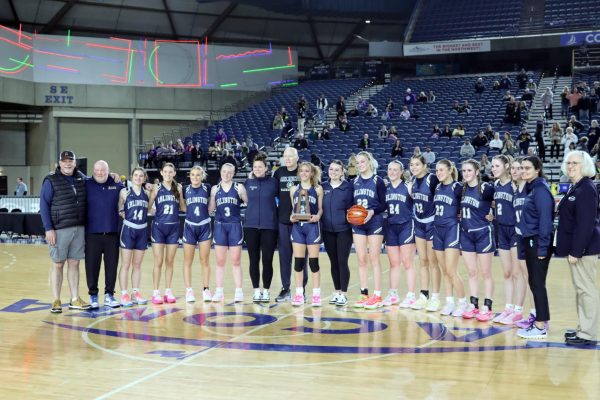Energy Drinks Impacts On Adolescent Health
For most people, plain water is the greatest hydrating beverage, although energy drinks are promoted to those who exercise or need an energy boost to get through the day.
Energy drinks include considerable amounts of caffeine and as much as or more sugar than soda. Sugar is the second most common ingredient in energy drinks after water. According to a nutritional comparison, a 12-ounce cola drink includes approximately 39 grams of sugar, whereas an energy drink contains approximately 41 grams of sugar. Intended to boost alertness and energy levels, many energy drinks include 200 milligrams of caffeine, which is equivalent to two cups of brewed coffee.
Other ingredients said to boost energy, such as B vitamins and herbs like ginseng and guarana, could be included. The absence of regulation regarding the safety of these drinks, as well as aggressive marketing strategies aimed at teens, are particularly alarming.
The Food and Drug Administration (FDA) does not regulate energy drinks. It does have a caffeine limit of 71 milligrams per 12 ounces of soda; energy drinks often have 120 milligrams per 12 ounces. Energy drink producers may label their product as a supplement in order to avoid the caffeine restriction. The American Beverage Association established optional guidelines for companies that categorize their energy drinks as beverages, advising labelling caffeine content accurately, restricting marketing towards children, and reporting adverse events to the FDA. Nonetheless, it has been discovered that the compliance of these guidelines is minimal.
“For someone like myself who only drinks energy drinks when they need a boost, choosing the sugar free option is going to be ten times healthier,” Lauren Zahradnik, an Arlington High School student said. “If you are leaning towards an energy drink, only for the caffeine levels it contains”choose a low sugar or sugar free option instead.
When asked if there were any healthy alternative energy drinks to Red Bulls, Monsters, Bangs, etc, a nurse at Arlington High School, Krista Gibson said, “Always water. That’s very boring, however” Gibson said. “There are Zipfizzes and other types of supplements that do have some high vitamins. Vitamins in the B family, especially, tend to help sustain your concentration.”
Energy drink usage has directly correlated to negative health effects in youth, including dangerous behaviors, poor mental health, harmful cardiovascular impacts, and metabolic, renal, or dental issues.
“Brain fatigue is caused because your body is overtaxed, period,” Laurn Anderson a Arlington High School teacher and a ACE Certified Health Coach with an IIN Holistic Health Coach certificate said. “In addition to that, when drinking an energy drink, you are attempting to quickly fix a problem by digesting an unnatural product your body can’t manage. Instead, you could get a healthy amount of sleep, eat correctly, and exercise.”
Energy drinks are a caffeine-rich beverage that can be substituted for coffee or tea. They do, however, include a large amount of sugar, vitamins, and herbs that aren’t necessarily a necessity to the typical individual. Teenagers, in particular, are vulnerable to the effects of energy drinks.
“There is nothing in an energy drink you need,” Gibson said.
Adolescents’ detrimental health impacts are amplified. Due to their potentially smaller bodies, teenagers may be affected more by large doses of caffeine, additional sugars such as high fructose corn syrup, low-calorie sweeteners, and herbal stimulants.
“You are taxing your system,” Anderson said “when you drink way too many Red Bulls, Monsters, and energy drinks in general.”








